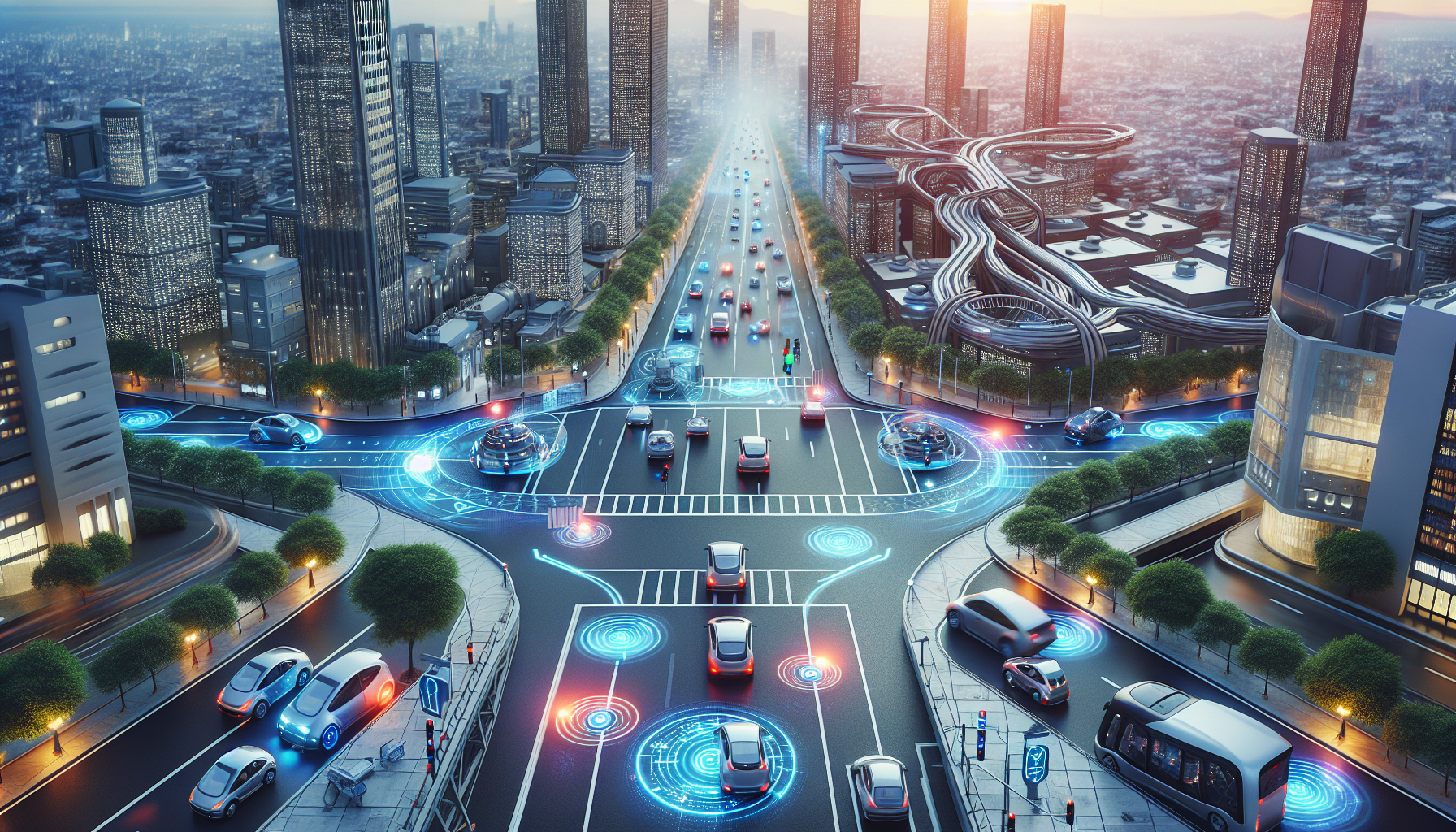AI and the Future of Urban Mobility: Smart Traffic Management Systems to Reduce Congestion
As urban areas continue to grow, the challenges associated with vehicular traffic, such as congestion and pollution, become more pronounced. Fortunately, advances in artificial intelligence (AI) are paving the way for revolutionary changes in how cities manage their traffic networks. AI-enabled smart traffic management systems offer promising solutions to enhance urban mobility and reduce congestion. This post explores the impact of AI in developing smart traffic systems and how they can transform urban transportation.
AI-Driven Traffic Control Systems
AI technologies are at the forefront of revolutionizing traffic management by leveraging real-time data analysis and adaptive response mechanisms. Here are some key aspects of AI-driven traffic control systems:
Real-Time Traffic Monitoring and Analysis
- Traffic Flow Optimization: AI algorithms analyze traffic flow data to predict and manage traffic patterns efficiently.
- Incident Detection: Advanced sensors and AI tools quickly detect accidents or roadblocks, allowing for faster response and incident clearance.
Adaptive Traffic Signal Control
- Dynamic Signal Timing: AI systems adjust traffic signal timings based on real-time traffic conditions, reducing unnecessary stops and optimizing green phases.
- Priority to Emergency Vehicles: AI-enabled systems can recognize emergency vehicles and alter signal patterns to allow quicker and safer passage.
Benefits of Smart Traffic Management
Implementing smart traffic systems driven by AI can provide numerous benefits:
- Reduced Traffic Congestion: Optimizing traffic flow and signal timings leads to smoother traffic movement and less congestion.
- Lower Emissions: Efficient traffic management reduces idle times and stop-and-go traffic, cutting down on vehicle emissions.
- Enhanced Safety: Quick detection and response to traffic incidents improve overall road safety.
- Higher Efficiency: Traffic authorities can manage infrastructure more efficiently, potentially lowering operational costs.
Integrating AI with Other Technologies
Incorporating AI into urban mobility not only involves managing the traffic but also integrating with other technological advances:
- Connected Vehicles: AI systems can communicate with connected vehicles to share real-time traffic information and optimize routes.
- Data from IoT Sensors: IoT devices provide a wealth of data that AI can analyze to make informed traffic management decisions.
- Public Transport Coordination: AI helps in coordinating traffic lights to facilitate quicker and smoother public transport journeys.
Challenges and Considerations
While AI-enhanced traffic management systems promise immense potential, there are several challenges to address:
- Data Privacy: Handling the massive amounts of data involved must comply with stringent data privacy regulations.
- Infrastructure Cost: Upgrading to AI-based systems requires significant investment in both technology and infrastructure.
- Technical Complexity: Implementing and maintaining advanced AI systems demands a high level of technical expertise.
Conclusion
AI’s role in shaping the future of urban mobility is undeniably influential, offering a myriad of benefits such as reduced congestion, lower emissions, and enhanced safety. However, realizing these benefits requires overcoming considerable challenges, including substantial investment and technical complexities. The pursuit of integrating AI into urban traffic management continues to be a high-stakes, high-reward endeavor, promising a smoother and more sustainable future for city transport systems.




